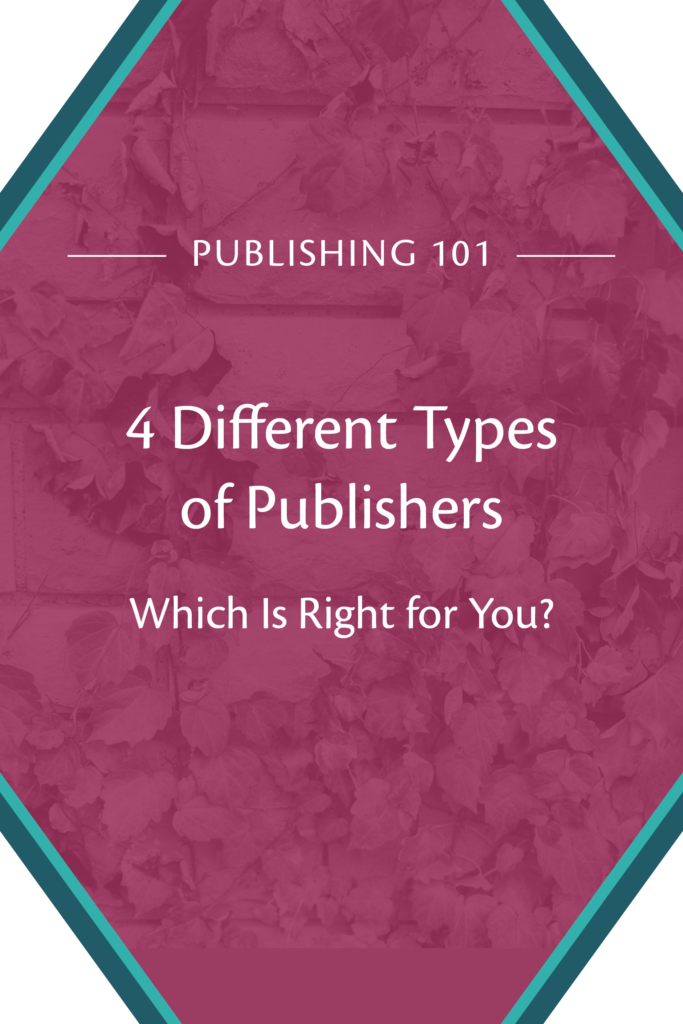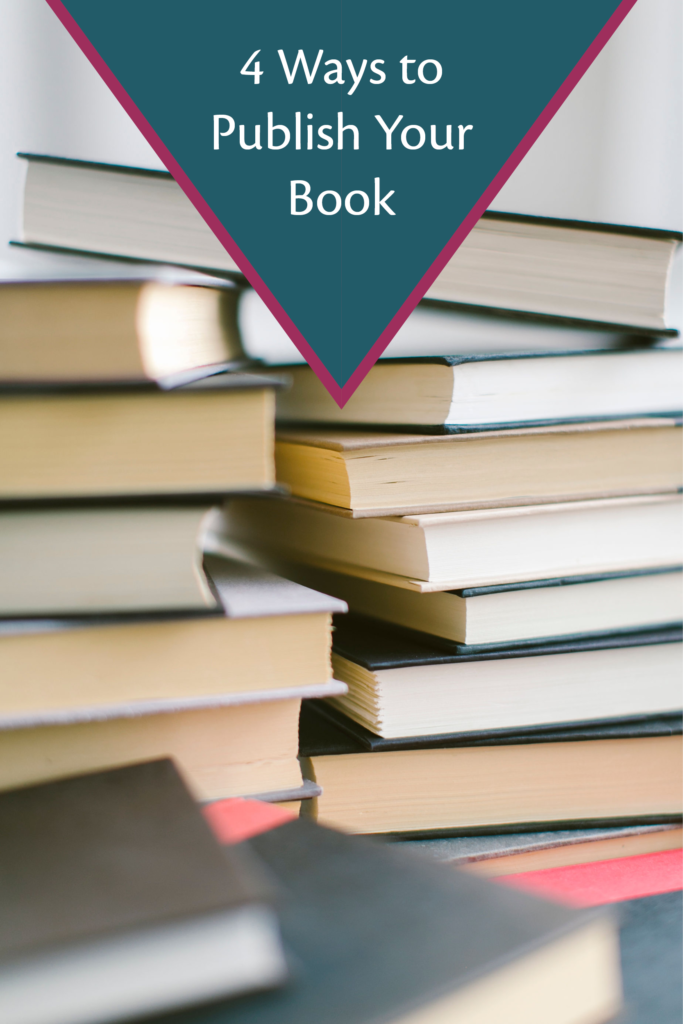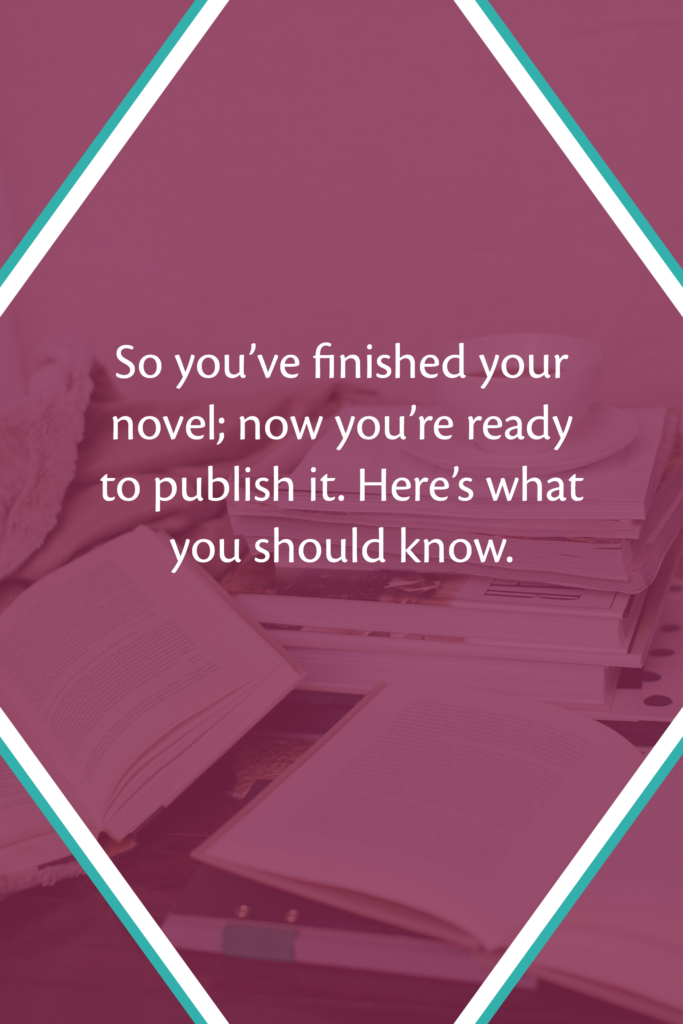Publishing is a confusing industry, and it’s made more so by the variety of publishing options out there. You can choose self-publishing, traditional publishing, vanity publishing, or hybrid publishing to get your precious story out into the world, and each has unique challenges. To help you figure out which option is right for you, we’ve broken down the different categories into their pros and cons.
Self-Publishing
Pros: low-cost, total editorial control, quick turnaround time, royalty and price control
Cons: no outside help, no marketing plan, limited by publishing platforms, can dent future potential
Self-publishing has surged in popularity recently as authors grow frustrated with the traditional publishing world. If you’ve been through the publishing process before and have a wide set of skills, self-publishing can be a great way to launch your next book. You won’t sacrifice a percentage of your profits, and you get the final say on the text, cover, and other visuals. Or, if you know a bunch of great creative folks, you can have them band together as your own little book team.
But for first-time authors, self-publishing may do more harm than good. You have to figure out not only how to write a great story, but also how to design a cover, set prices, and build a marketing strategy for the final book. That requires a lot of time, effort, and knowledge. Plus, if your sales for your self-published book aren’t great, it will be harder to prove to an agent or traditional publisher that your books can sell. This option has a lot of pitfalls if you don’t yet have experience with publishing.
Vanity Publishing
Pros: high editorial control, relatively quick turnaround, outside experience
Cons: high-cost, wide variety of quality, lost royalties, relationship ends with printing
Vanity publishing has been around for decades, but it’s seen drastic changes in the last few years. Most vanity publishers offer authors paid services to turn their manuscripts into finished products. They will likely have a variety of packages at different price points that offer different skills like marketing, book design, cover design, editing, and web development. The more services you choose, the more expensive the package.
This may sound like the sweet spot between traditional publishing and self-publishing, but these companies are called “vanity” publishers for a reason—they appeal to authors’ egos without delivering. They care about how much they can get you to pay, and not at all about how many books you will actually be able to sell. Since they sometimes get no cut of the royalties from sales, there’s little incentive for a vanity publisher to stick around after your book is published. The profit comes not from your book doing well, but from convincing you to buy the highest package possible and pay for a bunch of printing and editorial services up-front. Unless you are publishing a book just for a handful of people and want a basic edit and layout help, vanity publishing is probably not the way to go.
Hybrid Publishing
Pros: higher royalties than traditional, faster turnaround than traditional, some editorial and design control
Cons: no advance, potentially high-cost, lost royalties, discrepancy in experience/quality
At first glance, hybrid publishing sounds much like vanity publishing. You pay for a publishing package that includes various services like design, marketing, editing, and ebook creation and the publisher handles the printing and distribution. However, there are some important distinctions: selectivity, quality, and cost.
One easy way to tell if a company is a hybrid or vanity publisher is to check what they’re willing to publish. If there’s a screening process where not every book gets chosen, there’s a good chance you’re looking at a hybrid publisher. And, since hybrid publishers are often made of a team of experienced publishing freelancers, the quality of their work should be higher than that of a vanity publisher. Lastly, there will be a difference in cost. Hybrid publishers straddle the line between vanity and traditional publishing in that they charge you for their services (although not always as much as vanity publishers), but they offer a much higher royalty rate than you’d see with a traditional publisher. In this way, they are invested in giving you high-quality services AND making sure your book sells after it is released. This is a promising option for those who want extra help with the nitty-gritty details without the time and hassle of a traditional publishing process.
Traditional Publishing
Pros: no cost, industry connections, chance at brick-and-mortar distribution, cash advance, professional reviews, some prestige
Cons: small chance of selection, extremely slow turnaround time, little marketing investment, no editorial control, requires agent and time investment
Traditional publishing is the most widely-known method of publishing. When you think of “the publishing industry,” this is probably what comes to mind: a handful of old, massive publishers who release thousands of new books every year. The main issue with choosing traditional publishing is that you can’t really do the choosing. Some authors wait in vain for years to be chosen from the pack by a traditional publisher. And let’s not forget that to even be considered, you have to find an agent to represent your manuscript.
It’s great to imagine getting that big advance check in the mail, but the reality is that if you don’t have thousands of people prepared to buy your book as soon as it hits store shelves, you probably won’t get the time of day from traditional publishers. Most beginning authors will need to prove their audience and sales numbers with one of the other three publishing methods before they can consider aiming for traditional publishing.
Sakora Studio, Hybrid Publisher
As a fresh new face in hybrid publishing, Sakora’s mission is to combine the best of self-publishing and traditional publishing in a low-cost option. Our small, dedicated team has experience in graphic design, layout, copywriting, editing, and branding. We pool our talents to help authors make a splash without going over-budget. Because we are careful about what we publish, readers will always find a great story and authors can find peace of mind knowing we truly believe in their work.
The best thing you can do before you choose a publishing route is to get informed. Now that you’re armed with some baseline info, you can check out different publishers and self-publishing platforms to see how they stack up. Happy hunting!




